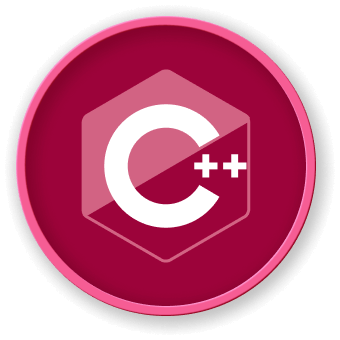Practical Namespace Use
Real-World Namespace Scenarios
Namespaces are crucial for organizing and managing complex C++ projects. This section explores practical applications and strategies for effective namespace usage.
Project Structure Organization
namespace ProjectName {
namespace Utils {
class Logger {
public:
void log(const std::string& message) {
std::cout << "[LOG] " << message << std::endl;
}
};
}
namespace Database {
class Connection {
public:
void connect() {
// Database connection logic
}
};
}
namespace Network {
class SocketManager {
public:
void initialize() {
// Network initialization
}
};
}
}
Namespace Interaction Flow
graph TD
A[Main Namespace] --> B[Utility Namespace]
A --> C[Database Namespace]
A --> D[Network Namespace]
B --> E[Logging]
C --> F[Connection Management]
D --> G[Socket Handling]
Resolving Name Conflicts
namespace Math {
double calculate(double x, double y) {
return x + y;
}
}
namespace Advanced {
double calculate(double x, double y) {
return x * y;
}
}
int main() {
// Explicit namespace resolution
double sum = Math::calculate(10.5, 20.3);
double product = Advanced::calculate(10.5, 20.3);
return 0;
}
Namespace Usage Strategies
| Strategy |
Description |
Recommendation |
| Explicit Qualification |
Use full namespace path |
Best for avoiding conflicts |
| Using Declarations |
Selectively import names |
Good for specific identifiers |
| Namespace Aliases |
Create shorter references |
Useful for long namespace names |
Advanced Namespace Techniques
Conditional Compilation
#ifdef DEBUG
namespace Debugging {
void printTrace(const std::string& message) {
std::cout << "[DEBUG] " << message << std::endl;
}
}
#endif
int main() {
#ifdef DEBUG
Debugging::printTrace("Application started");
#endif
return 0;
}
Template Namespaces
namespace Algorithms {
template <typename T>
T findMax(T a, T b) {
return (a > b) ? a : b;
}
}
int main() {
int maxInt = Algorithms::findMax(10, 20);
double maxDouble = Algorithms::findMax(3.14, 2.71);
return 0;
}
Namespace Best Practices
- Create logical, hierarchical namespace structures
- Use namespaces to encapsulate related functionality
- Avoid polluting global namespace
- Be consistent in namespace naming conventions
- Namespaces have zero runtime overhead
- Compile-time name resolution
- Minimal impact on application performance
LabEx Recommended Approach
When developing C++ projects in LabEx environments:
- Organize code into meaningful namespaces
- Use nested namespaces for complex projects
- Leverage namespace features for modular design
Common Pitfalls to Avoid
- Overusing global namespace
- Creating overly broad namespaces
- Unnecessary namespace nesting
- Inconsistent naming conventions
By mastering these practical namespace techniques, developers can create more organized, maintainable, and scalable C++ applications.



